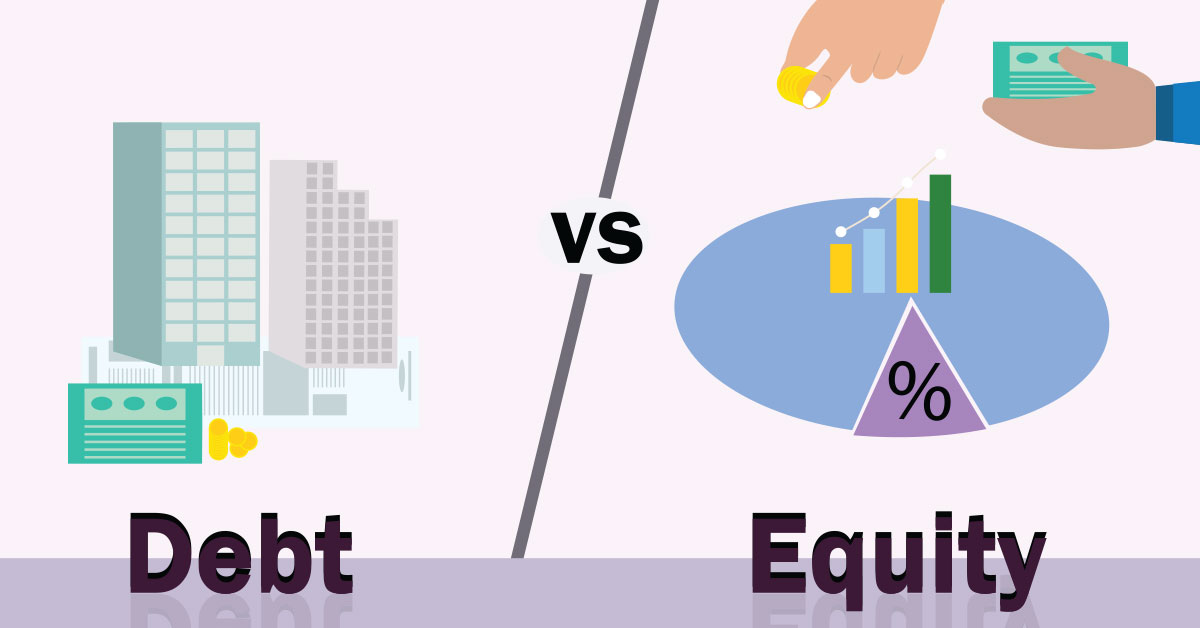
Posted on March 4, 2024 by MergerDomo
Raising Funds: What Metrics Investors Analyze
Decoding Fundraising Analysis: A Comprehensive Exploration of Key Financial Metrics Analyzed by Investors
Investing is a complex dance between risk and reward, and investors, whether individuals or institutions, rely on a wide range of financial metrics to evaluate their decisions. Understanding and interpreting these metrics is crucial for businesses seeking to raise funds for their business and for investors looking to make informed choices. In this comprehensive blog, we will delve into the key financial metrics that investors scrutinize before deciding to invest in an SME (Small and Medium-sized Enterprise) or any other business seeking funding.
The Significance of Financial Metrics for Raising Funds:
Before exploring specific financial metrics, it's essential to grasp why these metrics matter, especially for businesses seeking fundraising. Financial metrics serve as quantifiable measures that offer insights into a company's performance, health, and potential for growth. Investors rely on these metrics to evaluate the financial viability of a business, assess its risk profile, and estimate the returns they might expect on their investment. This is why a strong understanding of these metrics is critical for SMEs looking to raise funds for their business.
Following are the key metrics that investors use to analyze a business for potential investment:
1. Revenue and Revenue Growth
Revenue, or the total income generated by a company from its primary operations, is a fundamental metric. Investors assess both the absolute revenue figures and the revenue growth rate. Consistent revenue growth is a positive indicator, signalling that a company is expanding its market share and increasing its customer base. It also provides insights into the demand for the company's products or services.
Positive Indicators of Revenue Growth for Raising Funds:
A. Market Expansion:
Consistent revenue growth is a positive indicator of a company's successful market expansion. It suggests that the company is not only maintaining its existing customer base but also attracting new customers. This is particularly crucial in competitive industries where market share is a key driver of success for SMEs seeking fundraising.
B. Product or Service Demand:
A growing revenue stream indicates sustained demand for a company's products or services. This demand can stem from various factors, including effective marketing strategies, product innovation, or superior customer services. A strong demand for your product or service is a positive sign for investors and can significantly improve your chances of successfully raising funds for your business.
C. Operational Effectiveness:
Companies experiencing revenue growth are often seen as operationally effective. This efficiency bodes well for profitability and can attract investors seeking a return on their investment in your business. Demonstrating operational effectiveness through your financial metrics is essential for any SME seeking fundraising.
2. Profit Margins
Profit margins, including gross margin, operating margin, and net margin, reveal the efficiency and profitability of a company. Gross margin represents the percentage of revenue that exceeds the cost of goods sold, indicating how well a company manages production costs. Operating margin reflects operational efficiency, while net margin considers all costs, including taxes and interest. Investors look for healthy margins as they indicate a company's ability to generate profits after covering all expenses. Strong profitability, reflected in healthy margins, is a major positive for SMEs seeking fundraising.
3. Earnings Per Share (EPS)
EPS is a critical metric that measures the company's profitability on a per-share basis. It provides insight into how much profit is allocated to each outstanding share of common stock. Investors often compare the current EPS with historical data and industry averages to assess a company's performance. Consistent growth in EPS can be a positive signal for investors, indicating that the company is generating more profit for each share, which is essential for an SME looking to raise funds for its business.
4. Debt-to-Equity Ratio
The debt-to-equity ratio assesses a company's financial leverage by comparing its total debt to its shareholders' equity. A lower ratio is generally favourable, indicating lower financial risk and a healthier balance between debt and equity. Investors scrutinize this metric to understand how well a company manages its debt and whether it can meet its financial obligations. A healthy debt-to-equity ratio demonstrates financial responsibility, which can make an SME more attractive to potential investors during fundraising.
5. Return on Investment (ROI)
ROI measures the return generated on an investment relative to its cost. It is a key metric for investors seeking to evaluate the profitability of their investment in an SME. A positive and increasing ROI signifies efficient use of capital, while a declining ROI may indicate diminishing returns. Investors often use ROI to compare the performance of different investment opportunities, so a strong ROI can position your SME favorably during fundraising.
6. Cash Flow Metrics
Cash flow metrics, including operating cash flow and free cash flow, are crucial indicators of a company's liquidity and financial health. Positive cash flow ensures that a company can cover its operational expenses, invest in growth, and service its debt. Investors often prefer businesses with strong and consistent cash flows, as they are better positioned to weather economic uncertainties. Demonstrating strong and consistent cash flows through your financial metrics is essential for any SME seeking fundraising. It assures investors that your business can not only survive but also thrive, giving them confidence in the potential return on their investment.
7. Customer Acquisition Cost (CAC) and Lifetime Value (LTV)
For companies in growth phases, investors often focus on CAC and LTV. CAC measures the cost of acquiring a new customer, while LTV estimates the total revenue a company expects to generate from a customer during their entire relationship. A favorable ratio of LTV to CAC indicates a sound customer acquisition strategy and the potential for sustainable growth.
How CAC and LTV Impact Fundraising for SMEs:
By focusing on efficient customer acquisition and maximizing customer lifetime value, SMEs can demonstrate a clear path to profitability, which is a major requirement for successful fundraising. Investors are more likely to support businesses that can acquire customers at a reasonable cost and retain them for a long time, generating sustainable returns on their investment.
8. Market Capitalization
Market capitalization reflects the total value of a company's outstanding shares in the stock market. Investors often categorize companies based on their market cap, such as small-cap (typical of SMEs), mid-cap, or large-cap. Market cap provides insights into a company's size, risk profile, and growth potential. Investors may adjust their investment strategy based on the market cap of a company, and understanding your market cap can help you target the right investors during fundraising.
9. Dividend Yield
Dividend yield is relevant for income-seeking investors. It represents the annual dividend income expressed as a percentage of the stock price. While not all companies, especially SMEs in the growth phase, pay dividends, those that do may attract investors seeking a consistent income stream. Investors assess the sustainability and growth potential of dividends when considering these types of investments for SMEs.
10. Price-to-Earnings (P/E) Ratio
The P/E ratio compares a company's stock price to its earnings per share, providing insights into the valuation of the company. A high P/E ratio may indicate that investors expect high future growth, while a low P/E ratio may suggest undervaluation. Investors use the P/E ratio in conjunction with other metrics to assess a company's overall financial health and growth potential. A healthy P/E ratio can position your SME favorably for fundraising, especially if it suggests strong growth prospects.
In the intricate world of investments, deciphering key financial metrics is an essential skill for both businesses seeking capital and investors aiming to make informed decisions. Each metric provides a unique perspective on a company's financial health and performance, contributing to a comprehensive assessment of its potential for growth and profitability.
For SMEs, maintaining transparency and providing accurate and up-to-date financial information is crucial, especially during fundraising. Regularly reviewing and understanding these metrics empowers SMEs to present themselves in the best light to potential investors, fostering trust and confidence in their financial stability and growth potential.
Equipping yourself with financial metrics is key, but a deep dive is crucial. Not just with relevant investors through our Smart Algorithm, MergerDomo connects SMEs with financial consultants to optimize your financial health, industry benchmarking, and future forecasting - all vital for a successful fundraising journey. Partner with MergerDomo and unlock your full potential!
In conclusion, as the investment landscape continues to evolve, the ability to navigate and interpret these financial metrics becomes a strategic advantage for both investors and businesses alike, ensuring a symbiotic relationship where risk is mitigated, and opportunities for growth are maximized. SMEs can leverage this knowledge to improve their financial performance, making them more attractive to investors during fundraising efforts.




